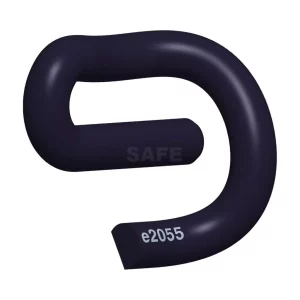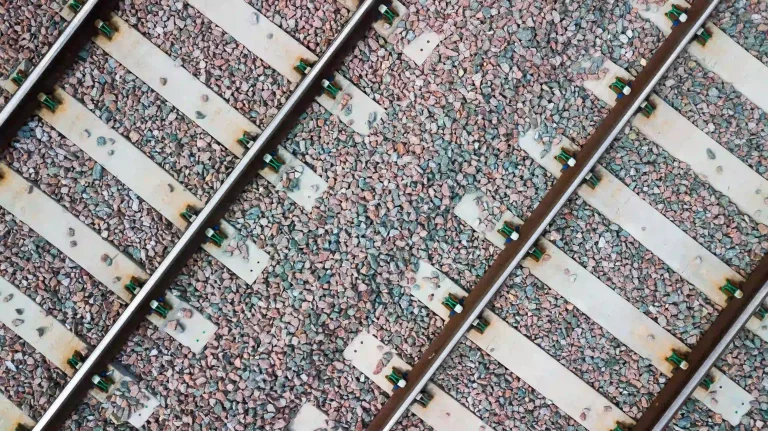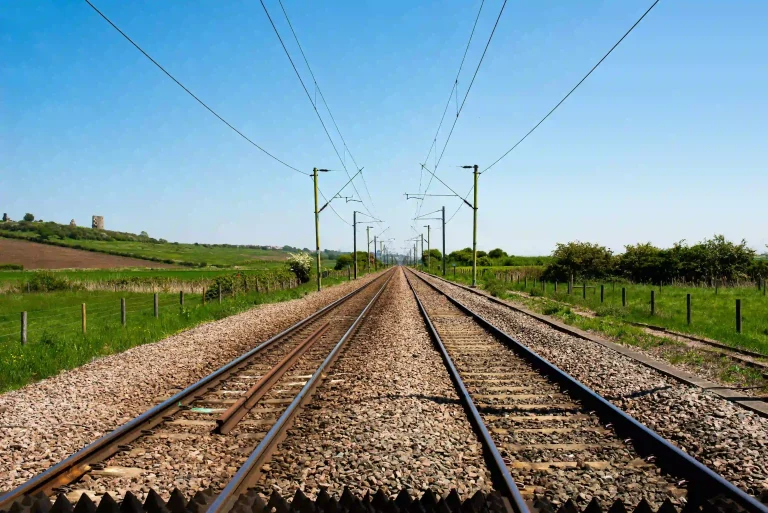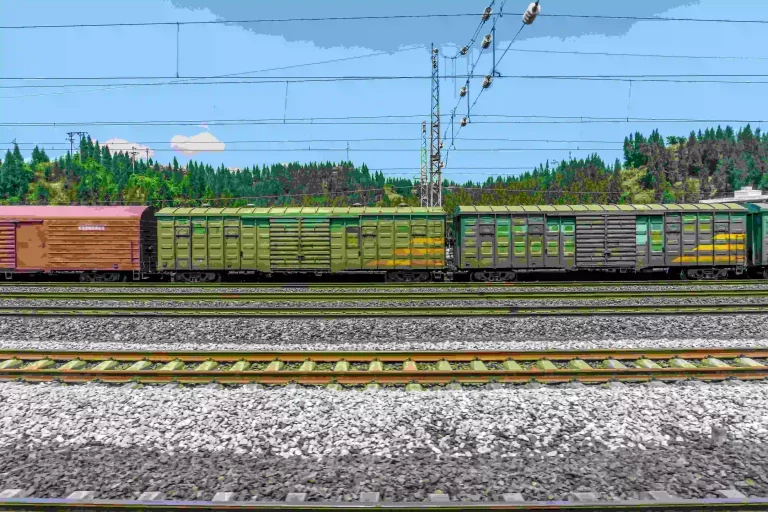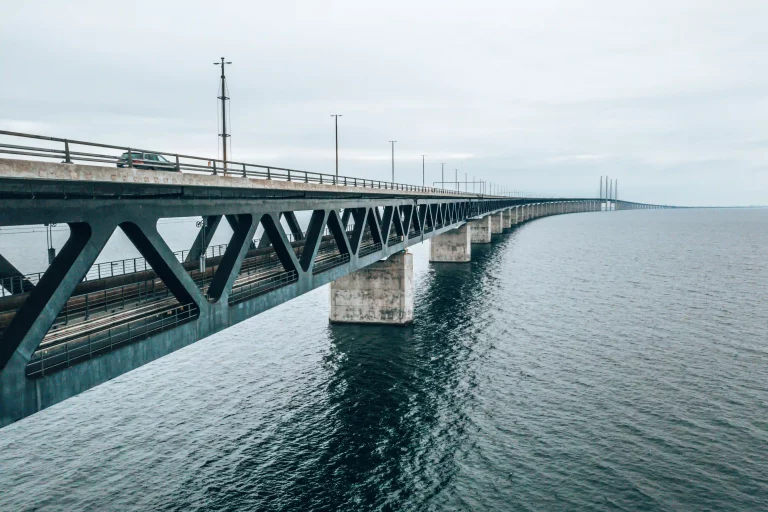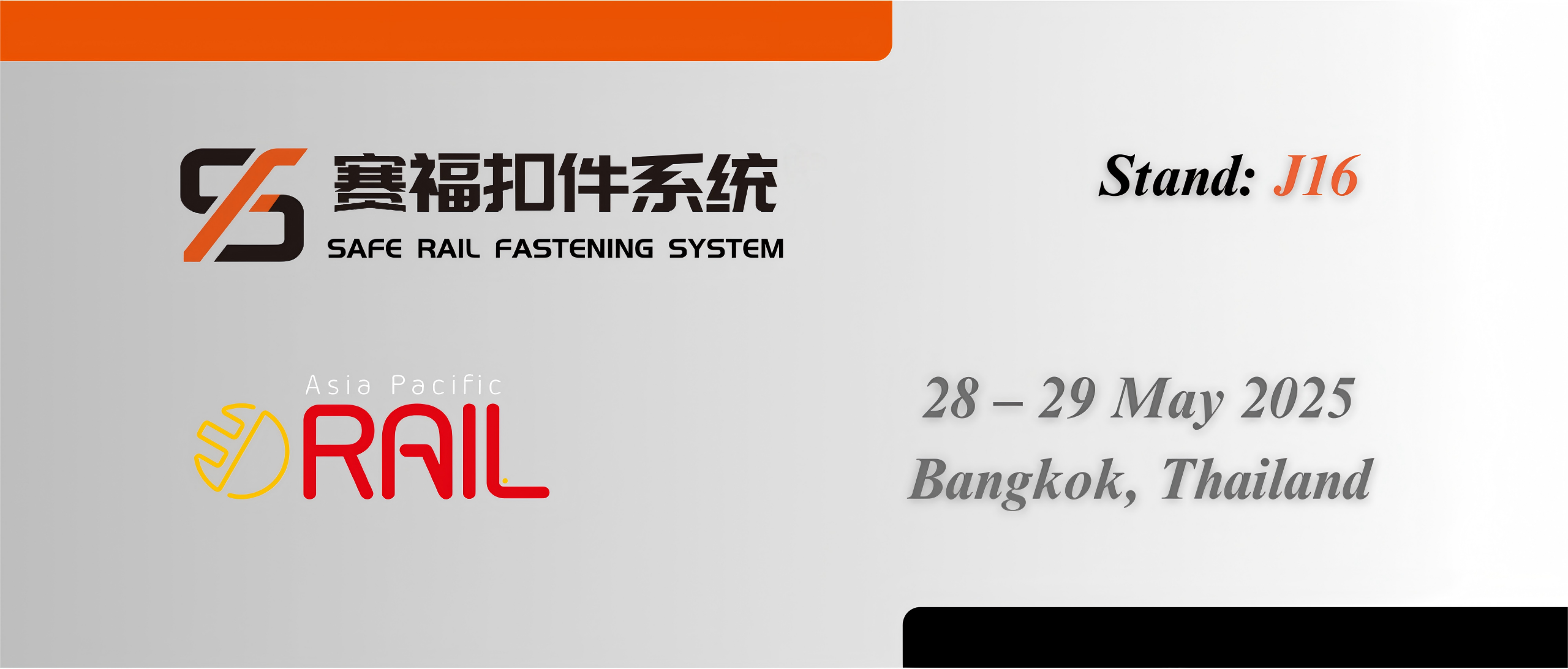Selecting the appropriate e-caps is crucial for the safety and performance of railway systems. Explore the different types of e-clips, including standard and heavy-duty variants, and understand the benefits of materials like stainless steel, carbon steel, and composites. Discover Safe’s range of e-clip solutions designed for reliability and customization, ensuring optimal compatibility and performance in your railway operations. Enhance safety and efficiency with Safe’s precision-engineered e-clips.
Importance of E Clips in Railway Systems
Railway systems can be very complicated, and in this complexity, E clips have significant importance. But these powerful little components play a vital role in ensuring the integrity and safety of railway operations. E clips are intended to fix many elements because the operation of components in railways is dynamic and vibration-prone; therefore, it must be ensured that they stay secure.
Functionality and Purpose
Securing Components
E clips are vital in securing components within railway systems. With their design, they can grip onto components firmly, preventing any unwanted movement resulting in mechanical failure. E clips are also important in ensuring that the system works smoothly without any disruption since they hold and keep parts aligned and in the right position.
Vibration Resistance
The movement of trains on railway tracks leads to constant vibrations in the railway systems. E clips are made precisely for enduring these vibrations as the components shall hold in their place even under extreme conditions. The ability to resist vibrations is critical in that it protects parts from wear and tear, which also increases their overall lifespan and lowers maintenance costs.
Safety Implications
Preventing Component Failure
One of the most important safety implications with E clips is that, when installed properly, they help to retain a part in its proper location so that it never ends up malfunctioning. One of the benefits of E clips is that they hold components securely together, minimizing mechanical failures that can result in accidents or service interruptions. Such reliability is vital for passengers” safety and railway service trust.
Enhancing Operational Safety
E clips also maintain the safety of operations, as they ensure that everything is running smoothly without any failures in components. With such reliability comes less surprise repairs and downtime which leads to safer trips for passengers and more efficient work from railway companies. Less unexpected repairs and downtime due to this reliability means safer rides for the passengers as well as efficient operations when it comes to railway companies.
Overview of Different Types of E Clips
There are various types of E clips used in railway systems, each designed for specific applications and load requirements. Understanding these different types can help you select the right clip for your needs.
Standard E Clips
Design and Material Composition
Usually, the Standard E Clips are made from durable stainless steel or carbon steel offering a combination of strength and flexibility. The design has three prongs designed to easily snap into place and hold securely on components. They have three prongs, making them easy to snap into place and hold on components.
Common Applications in Railways
Standard E clips are typically used in railway systems where the loads are relatively moderate. They can be used to retain miniaturized machinery elements, such as bearings or shafts, within the train’s mechanisms. They are best suited for holding smaller parts like bearings or shafts inside the mechanical systems of the train.
Heavy-Duty E Clips
Enhanced Load Capacity Features
Although standard E clips are made to handle a certain amount of force, heavy-duty versions are designed with additional built-in features that enable them to deal with greater loads. They are usually made of high-strength materials that can resist a large amount of stress before they lose their grip or deform. Typically consisting of high tensile strength materials that can handle a great deal of stress without deforming or losing their grip,
Usage Scenarios in Rail Systems
Heavy-duty E clips are used for applications within rail systems with higher forces acting on components. This makes them ideal for coupling and suspension systems as well as any critical part that needs to be extra-supported against heavy loads or extreme conditions. They are considered for holding parts such as couplings or suspension systems that need extra security against high loads or harsh environments.
To learn more specific requirements for different types of e-clips as well as where they would be used on the railway, check out Safe products that address these high demands efficiently. For additional insights into the different varieties of e-clips and how they are typically employed in rail systems, please visit Safe Products which can meet these challenging demands.
By choosing the appropriate type of E clip for your application, you can enhance both the safety and efficiency of your railway operations.
Material Considerations for E Clips in Railways
When selecting E clips for railway applications, material considerations are paramount. The choice of material affects the durability, performance, and longevity of the clips under various operational conditions.
Metal Alloys Used for Durability
Stainless Steel Properties
E clips are commonly made of stainless steel which resists corrosion well while retaining strength. Substantial environmental conditions are a common part of railway operations, for example, moisture and temperature differences — this material can handle that well. As a result of its durability, the E clips can remain intact for many years and replacements do not have to be made.
Carbon Steel Benefits
You can also consider carbon steel, which is a cheaper option without compromising too much on strength and durability. Fine for applications where there is no risk of corrosion such as where secondary coatings can be applied. Due to carbon steel having high tensile strength, it is suitable for heavy-duty applications in rail systems.
Non-Metallic Options for Specific Applications
While metal alloys are commonly used, non-metallic materials also offer unique advantages in certain scenarios.
Composite Materials Advantages
Well-designed composite materials offer a great trade-off between weight and strength. These materials are designed to remove weight from the rail furniture while still maintaining a high level of performance. Their built-in flexibility makes them ideal for absorbing vibrations, thus suitable in dynamic situations like railways. Congruently, its inherent property of being mattress type allows it to absorb effects which is highly favorable for dynamic systems such as railways.
Plastic Variants and Their Uses
Plastic variants of E clips are utilized in applications where electrical insulation is required or where weight reduction is critical. These clips are resistant to many chemicals and have good wear properties, although they may not match the high-temperature resistance of their metal counterparts. They are ideal for securing components that do not experience excessive mechanical stress.
Recommendations for Safe’s Specific Products in Railway Applications
Safe offers a diverse range of products designed specifically to meet the rigorous demands of railway applications. By exploring Safe’s offerings, you can find solutions tailored to your specific needs.
Safe’s Range of Standard E Clips
Safe provides a variety of standard E clips that cater to general-purpose requirements within railway systems. These clips are crafted from robust materials ensuring reliable performance across different conditions. Whether securing bearings or other small components, Safe’s standard E clips deliver dependable results.
Heavy-Duty Solutions from Safe
For applications requiring additional strength, Safe offers heavy-duty solutions designed to endure substantial loads and stresses. These products are engineered with enhanced features that provide superior grip and stability, making them suitable for critical areas such as couplings or suspension systems within rail systems.
Customization Options Available with Safe
Understanding that every application may have unique requirements, Safe also provides customization options. This flexibility allows you to specify particular dimensions, materials, or design modifications needed to optimize performance within your specific context. By choosing customized solutions from Safe, you ensure that your railway operations benefit from tailored support that meets exacting standards.
By considering these material options and product recommendations from Safe, you can make informed decisions that enhance the safety and efficiency of your railway systems.



